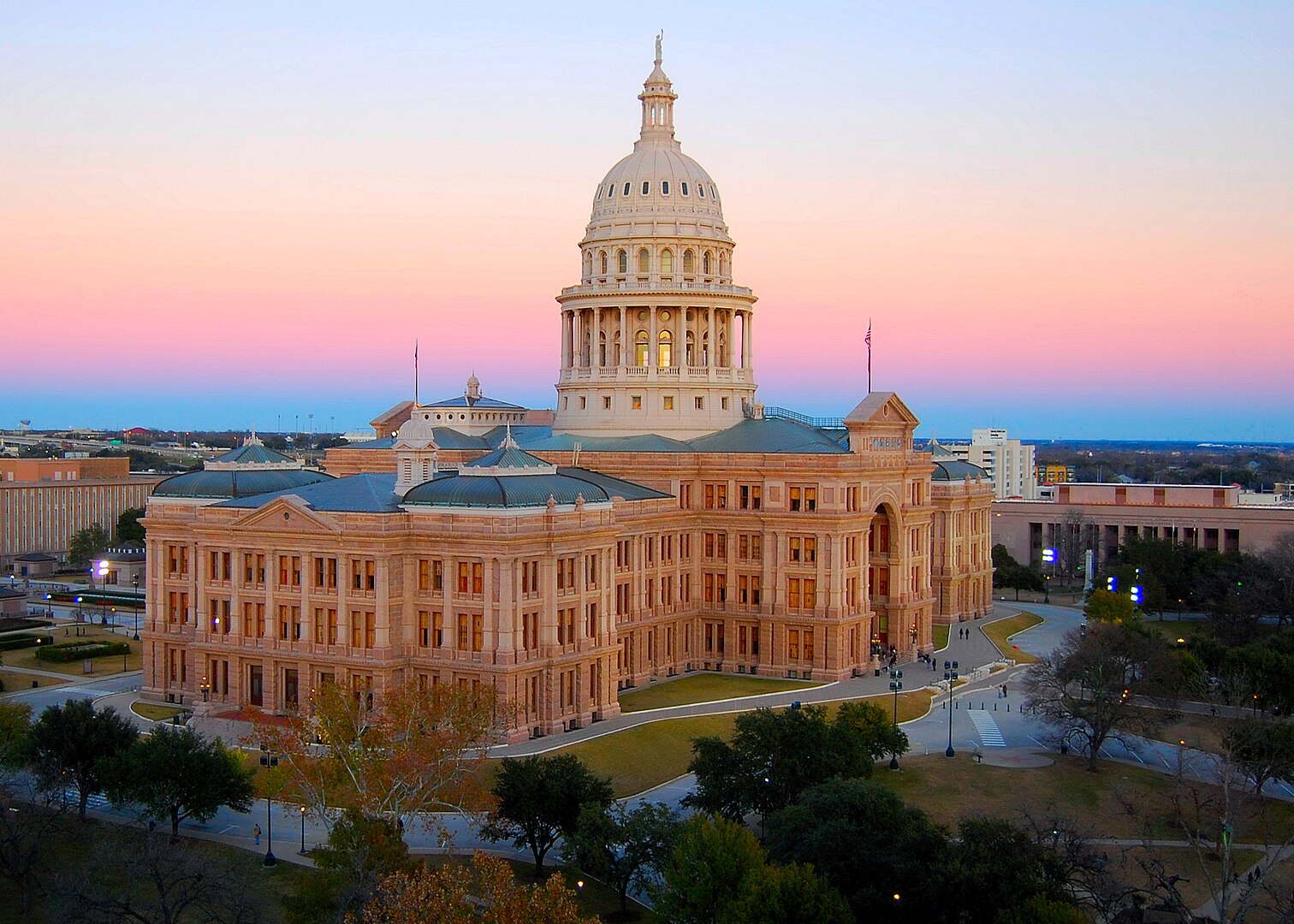Quick Bits:
Austin, the capital of Texas, stands out for its bold blend of nature, creativity, and enterprise. Known as the “Live Music Capital of the World,” this city pulses with rhythm, artistry, and cultural variety. Nestled along the Colorado River, Austin is both urban and wild. It hosts festivals that draw global crowds, parks that soothe city dwellers, and a food scene that excites every palette.
From tech entrepreneurs to indie bands, from paddle-boarders to poets, Austin attracts explorers of every stripe. Its welcoming vibe and distinctive local flavor offer more than travel memories. Austin leaves its mark.
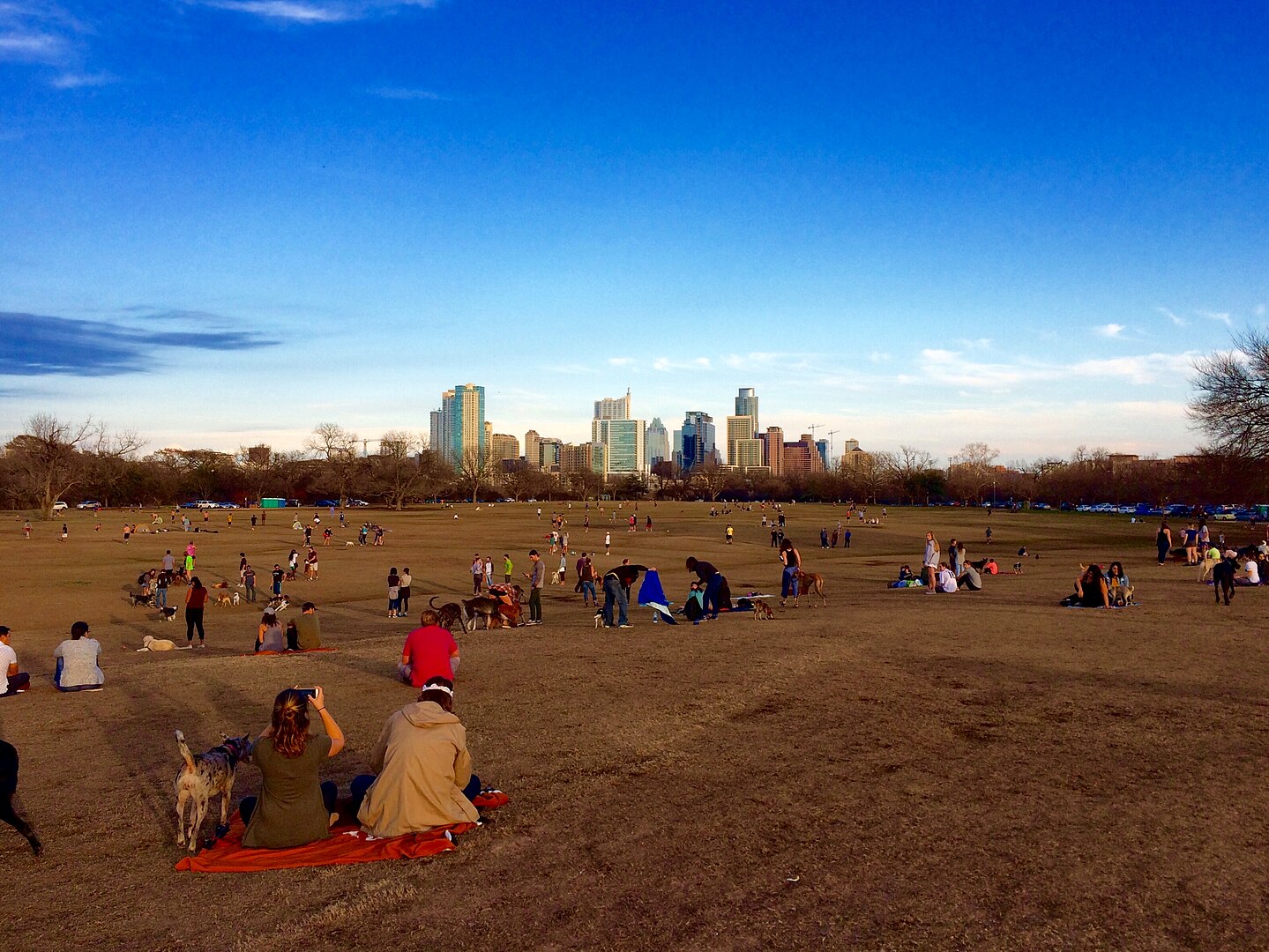
Image by: crockodile – Via Wikipedia
Key Highlights
- Known for its vibrant live music culture
-
Strong presence of tech and startup companies
-
Eclectic food scene with BBQ, Tex-Mex, and food trucks
-
Lush greenbelts, parks, and natural springs
-
Host of SXSW and Austin City Limits
-
Emphasis on sustainability and creative arts.
General Information
City Status: Capital of Texas
Founded: December 27, 1839
Population: Approx. 1 million
Demonym: Austinites
Nicknames: Live Music Capital of the World, ATX, Bat City
Austin’s energy comes from its people. Young professionals, students, artists, and nature lovers all find their rhythm here. Home to the University of Texas, the city fosters innovation while preserving its laid-back roots.
Government, education, and tech anchor its economy. Yet it remains fiercely independent in style and thought. Festivals, murals, and late-night taco trucks are part of its heartbeat.

Image by: Ryan Friesen – Via Wikipedia
Geography Information
Austin sits on the eastern edge of the Texas Hill Country. Its location provides a terrain of rolling hills, rivers, and lakes. The city’s elevation ranges from 425 to 1,000 feet above sea level. This geography shapes its unique blend of urban space and outdoor escape.
Coordinates: 30.2672° N, 97.7431° W
Area: Around 326 square miles
Major Water Features:
-
Colorado River
-
Lady Bird Lake
-
Barton Creek
Its downtown hugs the riverbanks, while neighborhoods sprawl through oak-dotted hills. Many parks, trails, and natural pools dot the area, offering a refreshing contrast to the urban grid.
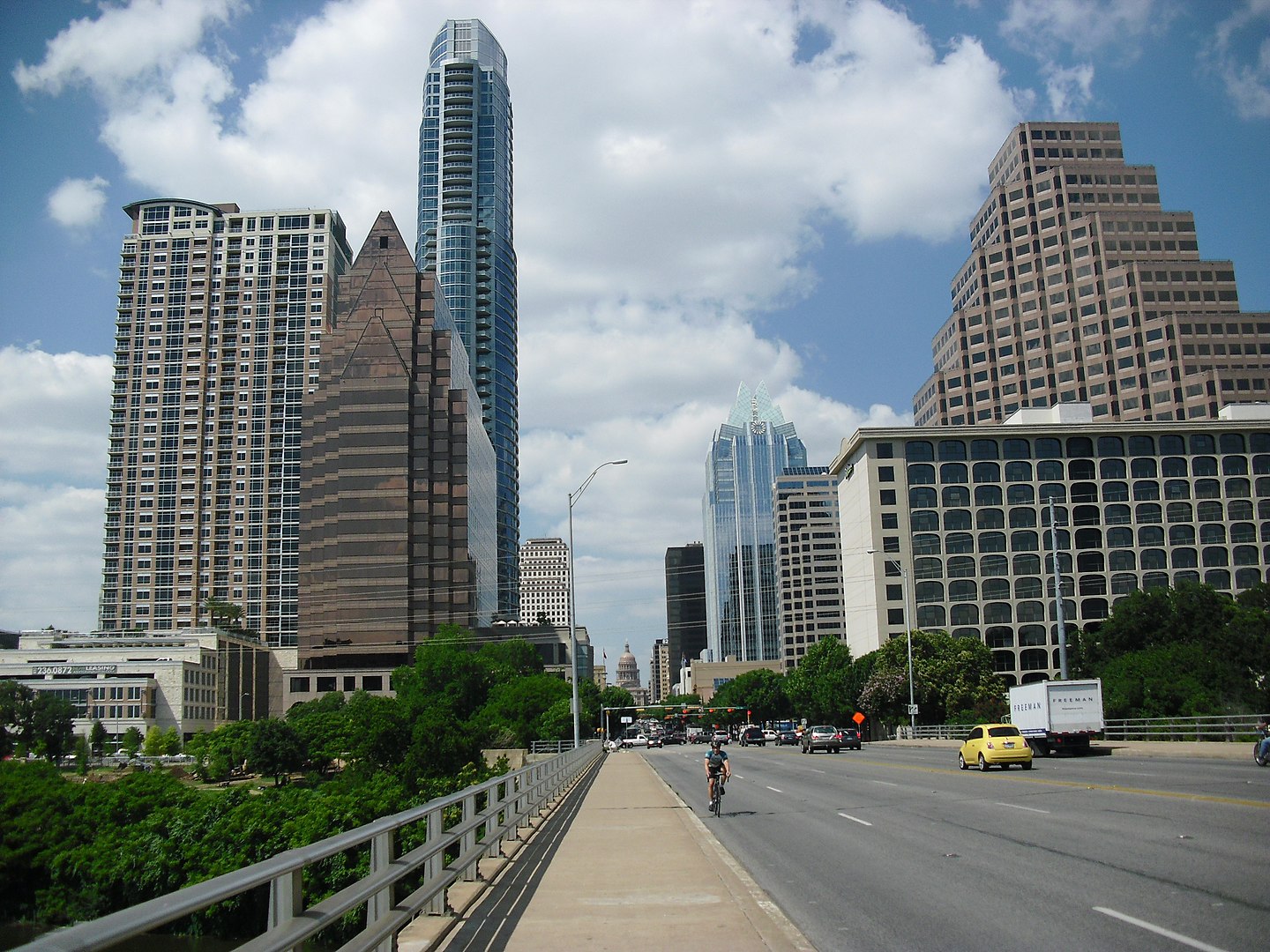
Image by: Airainix – Via Wikipedia
Places to Visit
Austin packs experiences into every square mile. Here’s a look at must-see spots across the city:
🎵 South Congress Avenue (SoCo)
A stretch filled with vintage shops, live music bars, and quirky murals. Watch street performers, grab a breakfast taco, and take in skyline views from the Congress Avenue Bridge.
🌿 Zilker Park
This 350-acre park hosts events, picnics, and music festivals. It’s also home to the Zilker Botanical Garden and a gateway to Barton Springs.
💧 Barton Springs Pool
A three-acre pool fed by natural underground springs. Water stays around 68°F year-round. Popular for swimmers, sunbathers, and locals who want a quick cool-down.
🎸 The Continental Club
An iconic venue with a neon glow and a history of rockabilly, country, and blues acts. It’s a cornerstone of Austin’s music culture.
🏛 Texas State Capitol
Larger than the U.S. Capitol, this pink granite landmark tells stories of the state’s proud past. Free tours showcase its ornate interiors and legislative chambers.
🦇 Congress Avenue Bridge Bats
Every summer evening, over a million Mexican free-tailed bats emerge from under the bridge. The sky turns into a blur of wings and shadows. It’s a surreal and unforgettable sight.
📚 University of Texas at Austin
Its campus features museums, art installations, and iconic architecture. The Blanton Museum of Art and the LBJ Presidential Library are highlights.
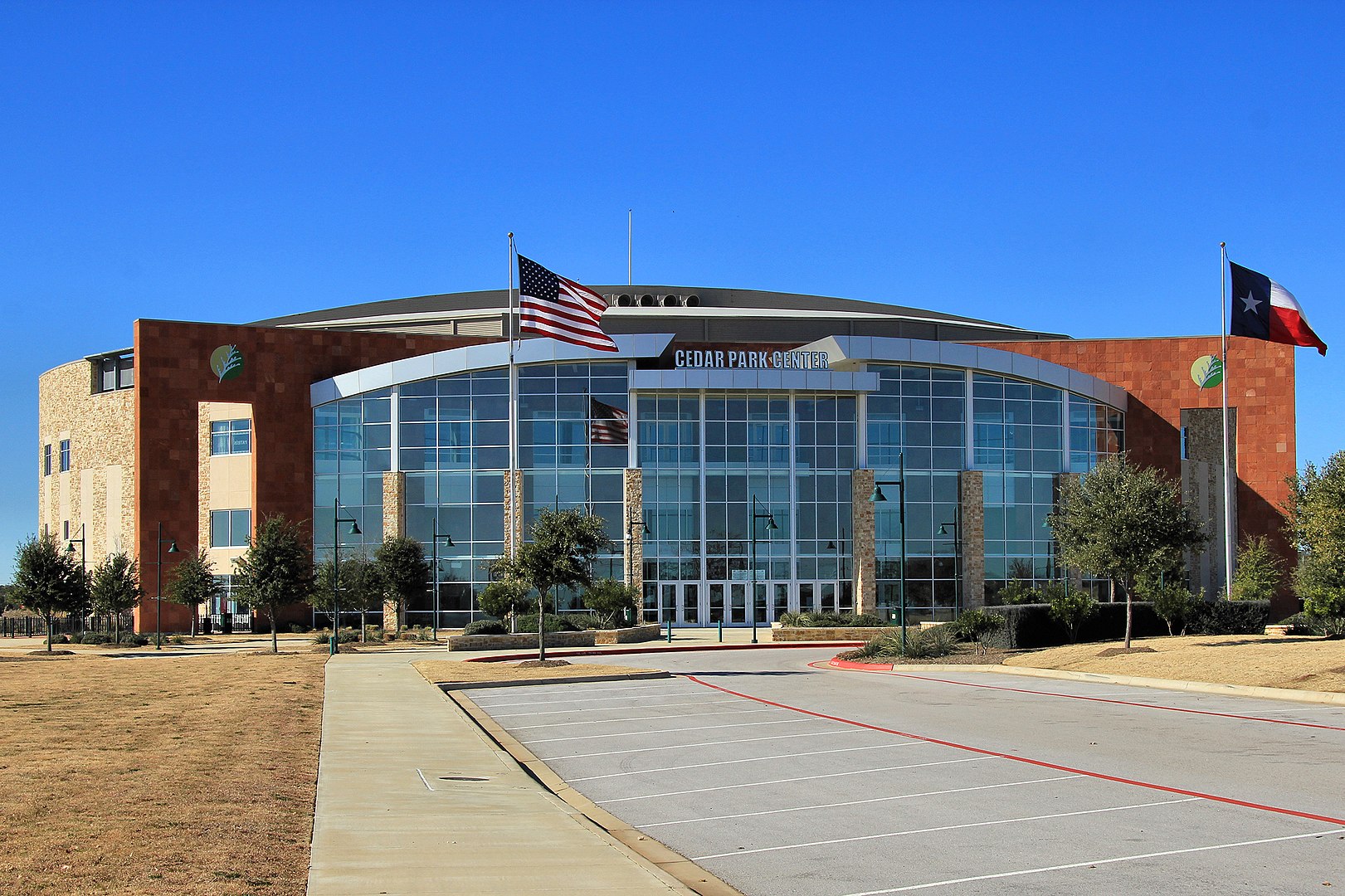
Image by: Larry D. Moore – Via Wikipedia
Yearly Climate
Austin’s climate is classified as humid subtropical. Summers can sizzle, while winters are gentle.
| Season | Average High (°F) | Average Low (°F) | Notes |
|---|---|---|---|
| Spring | 75–85 | 55–65 | Wildflowers bloom, events begin |
| Summer | 90–105 | 70–75 | Hot, dry, perfect for pools |
| Fall | 70–85 | 55–65 | Mild days, crisp nights |
| Winter | 55–65 | 35–45 | Short, cooler, few freezes |
Rain peaks in May and October. Snowfall is rare. The city handles brief thunderstorms and sunny stretches alike. Shade, water, and good footwear go a long way in Austin.
Best Time of Year to Visit
The sweet spots fall in March to May and October to November. These windows offer:
-
Comfortable temperatures
-
Outdoor festivals
-
Lush scenery
-
Less humidity
Spring brings bluebonnets and the SXSW festival, while fall ushers in ACL and golden sunsets over Lady Bird Lake. These seasons hit a stride between crowd levels and climate. Hotels fill fast during major events, so planning helps.
Avoid July and August unless pool time and AC breaks are part of the plan. Heat defines those months. Winter can be quiet and charming but lacks the buzz of other seasons.
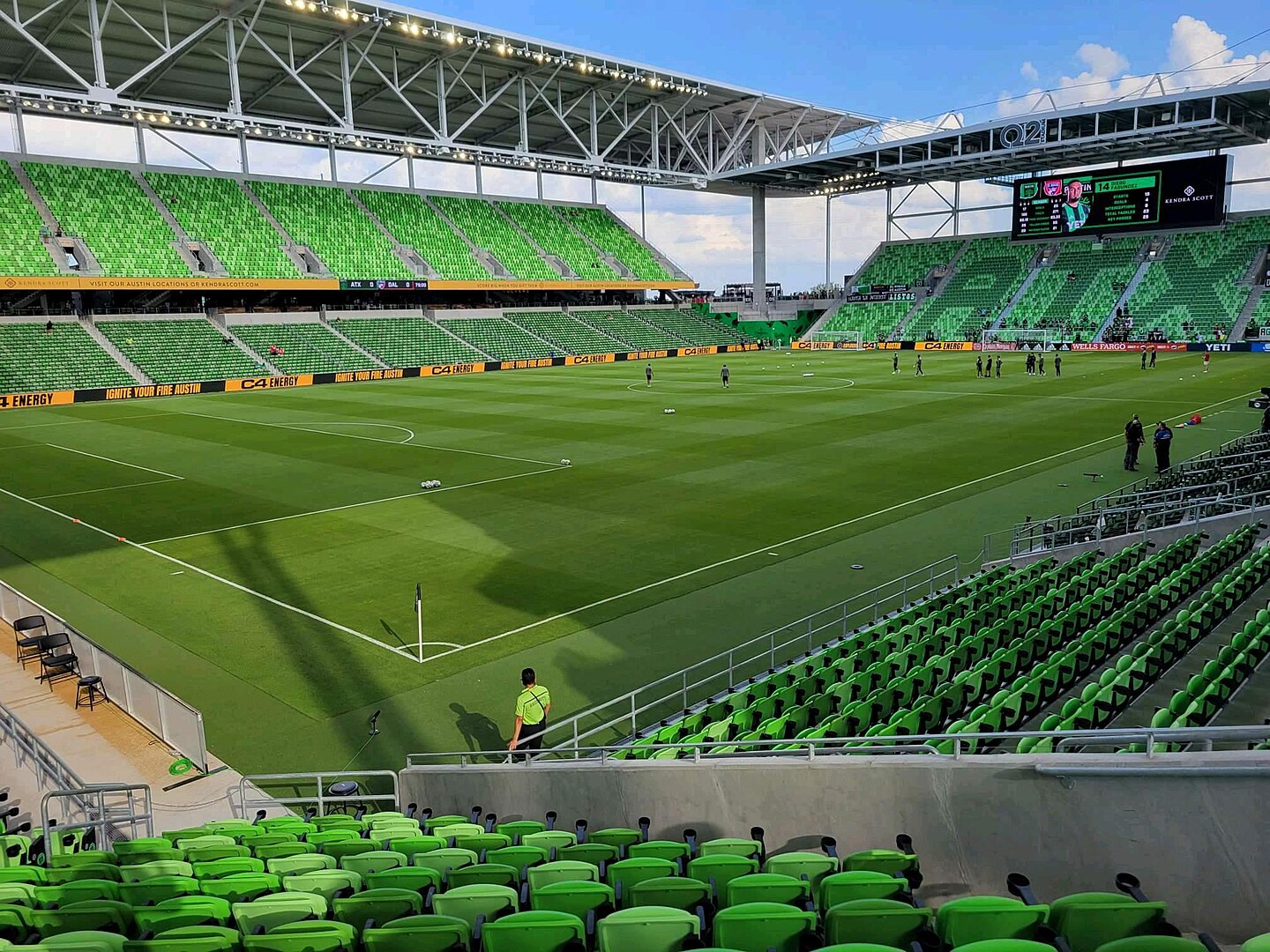
Image by: Cornfield948- Via Wikipedia
In Summary…
Austin defies labels. It’s a capital, a music hub, a food destination, and a nature retreat. It blends tech and tradition, wild rivers and wide highways, cowboy boots and electric scooters.
Whether sipping coffee under string lights, dancing to a local band, or floating on Barton Creek, this city offers experiences shaped by rhythm and spirit.
Visit Austin once, and it calls you back.

